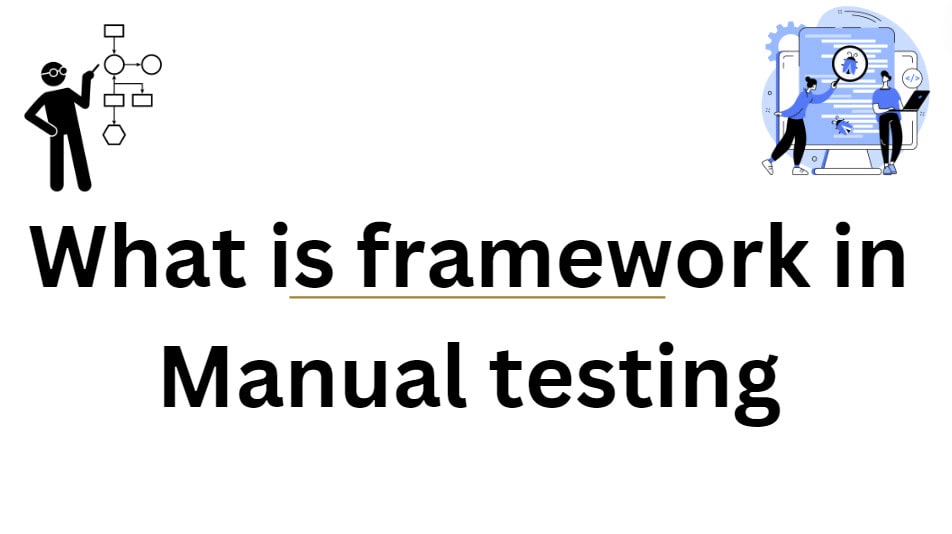A framework in manual testing is a structured approach that provides guidelines and best practices for organizing and executing test cases effectively. While the term “framework” is often associated with automated testing, it can also be applied to manual testing to improve efficiency and consistency.
A testing framework is a set of guidelines that support testers in building test cases and performing software testing effectively. In the context of manual testing, a framework helps testers organize their work, standardize processes, and maintain clear documentation.
The main components of a manual testing framework
- Test Plan: This document outlines the overall strategy, objectives, scope, and approach for testing a specific project or application.
- Test Cases: Detailed step-by-step instructions for executing tests, including expected results and pass/fail criteria.
- Test Data: The input data used for testing may include both valid and invalid scenarios.
- Test Environment: The hardware, software, and network configuration required to perform the tests.
- Test Execution Logs: Documentation of test results, including any defects or issues encountered during testing.
- Reporting Templates: Standardized formats for presenting test results and progress to stakeholders.
One popular approach to manual testing frameworks is the Keyword Driven Framework. This framework utilizes a table-like structure where each row represents a test step, and columns contain keywords, objects, and data. This approach allows manual testers to create structured test cases that can be easily understood and potentially automated in the future.
Benefits of using a framework in manual testing
- Improved Organization: A framework provides a structured approach to test case design and execution, making it easier to manage large numbers of test cases.
- Enhanced Consistency: By following a standardized approach, testers can ensure that all team members follow the same processes and documentation standards.
- Better Traceability: A well-designed framework allows for easier tracking of test coverage and linking test cases to requirements.
- Increased Efficiency: With clear guidelines and templates, testers can create and execute test cases more quickly and with fewer errors.
- Easier Maintenance: As the application under test evolves, a structured framework makes it easier to update and maintain test cases.
- Smoother Transition to Automation: If the team decides to move towards test automation in the future, a well-structured manual testing framework can make this transition smoother.
While frameworks are often associated with automation, manual testing still plays a crucial role in software quality assurance. Manual testing allows for exploratory testing, usability testing, and other scenarios where human judgment and intuition are invaluable.
You may also like following the articles below
By implementing a framework for manual testing, teams can improve their testing processes, increase efficiency, and deliver higher-quality software. While it may require some initial effort to set up, the long-term benefits in terms of organization, consistency, and effectiveness make it a worthwhile investment for any software testing team.

My name is Madhu, and I’m a certified Test Consultant with more than 16 years of hands-on experience developing and maintaining manual and Test Automation in the Software industry. I have experience with automation tools such as Selenium, Katalon Studio, etc.
